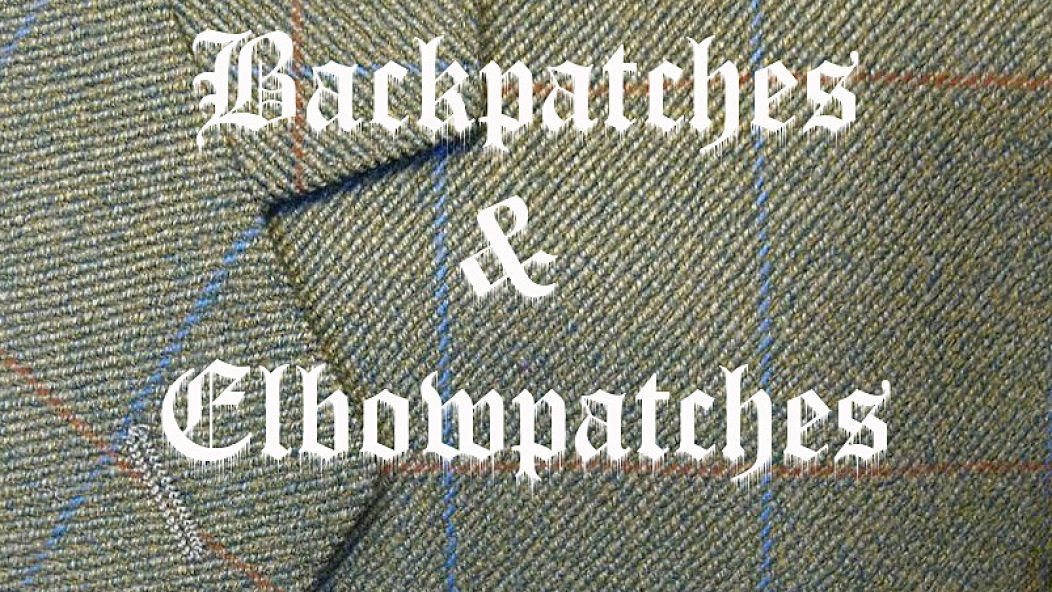
Backpatches & Elbowpatches #3: Gender in Metal Studies
Hello folks, welcome to another installment of Backpatches & Elbowpatches, thanks for being here to absorb my nerdly thoughts on Metal Studies.
This month, I’m highlighting some of the excellent and often unflinching scholarship aimed at unpacking metal music and metal scenes’ relationship with gender, particularly also the recent Metal Methodologies interview with Rosemary Hill, author of Gender, Metal and the Media: Women Fans and the Gendered Experience of Music (2016). It’s a fascinating discussion of feminist methodologies, the meaning and construction of music fandom, the P.M.R.C., and uncomfortable experiences at concerts. She also discusses how her research about assaults at gigs became a platform for outreach and practical results with groups like Saferspaces.org.uk.
This field is an aspect of metal studies and music studies more broadly that often causes a bit of blowback. Feminist studies in musicology have only been around for about thirty years, sparked largely by the work of musicologist Susan McClary and several others. As you might expect, many classical music scholars and fans did not take particularly kindly to the suggestions that classical music chestnuts by Mozart, Beethoven, and the like were not always neutral carriers of transcendently universal musical goodness. The Internet wasn’t widely available in any form yet, so the arguments took place in the pages of journals and at conferences. To my knowledge, at the time the debate remained mostly within academia, although it does bear mentioning that it was contemporaneous with a general anti-feminist backlash being fomented on right-wing radio by Rush Limbaugh and his fellow travelers.
Similarly, we’ve all heard folks talk about how diverse, welcoming, and inclusive metal is, both in terms of the music itself and its subculture. Curiously, this characterization is usually made by straight white guys who assume that their positive experiences are shared by everyone, and it ultimately works to nip any criticisms in the bud by making metal beyond criticism. Indeed, as with the world of classical music, some folks took deep offense at any suggestions that metal scenes were not necessarily warm and welcoming towards women, BIPOC individuals, or LGBTQ+ persons. The accounts written by Kim Kelly, Sarah Kitteringham, Laina Dawes, Amber Clifford-Napoleone, and others in the early 2010s unleashed waves of harassment and threats in the Gamergate style…which essentially proved these writers’ points for them.
One of the things that Dr. Hill has highlighted is the additional fact that Metal Studies itself is not immune to these broader cultural trends, and in some ways they’re baked into the discipline’s DNA. The initial seeds of metal academia were sown by the Parents Music Resource Center in the 1980s, which sparked interest not only among sociological types studying delinquency and social deviance, but also inspired academics who wished to defend metal. Metal studies hasn’t ever really shed this defensive and oppositional stance, either. Looking back on the P.M.R.C. and metal’s reaction against it with several decades of hindsight is an interesting exercise, however. The disdain directed at the P.M.R.C. was intensified by the fact that the organization was headed by women who foregrounded their identities as mothers. You can see it clearly in Frank Zappa’s sarcastic and dismissive attitude in TV interviews/debates with Susan Baker and Tipper Gore, and his references to domesticity and toilet-training in his famous Senate speech on the matter. But Dr. Hill argues that the reflexive dismissal of these women and their concerns blinds us to the fact that they had a point. After all, beyond all the hyperbolic stuff about Satanism and drugs, rock and metal music have been highly tolerant of songs depicting sexual violence (I think there’s a possible argument that this affinity was part of the larger anti-feminist media milieu in the 80s, along with slasher movies and so forth, but that’ll be for another day). Even if we reject a direct causal relationship, it certainly contributes to the climate and informs our musical experiences and our research in ways it feels like we’re just beginning to appreciate.
There are a number of other publications on this topic that are well-worth your time, but I might highlight a couple of recent publications that extend the field in some other directions. The Dutch scholars Pauwke Berkers and Julian Schaap recently published the book Gender Inequality in Metal Music Production, which extends the study of gender dynamics in metal beyond fan experiences and receptions to explore metal musicians and the wider industry. Jasmine Hazel Shadrach’s Black Metal, Trauma, Subjectivity, and Sound: Screaming the Abyss takes a much more personal look at experiences of misogynistic violence, disability, and the powerful cathartic potential of musical performance. This is only the first layer though, there is much more out there and much more to be done.
–Ross Hagen
…
Ross Hagen is a musicologist at Utah Valley University and is the author of A Blaze in the Northern Sky from the 33.3 series. Fun. Core. Mosh. Trends.
Graphic used under creative commons.
https://commons.wikimedia.org/wiki/File:Dormeuil_fabric_on_jacket.jpg
Toxophilus, CC BY-SA 4.0











